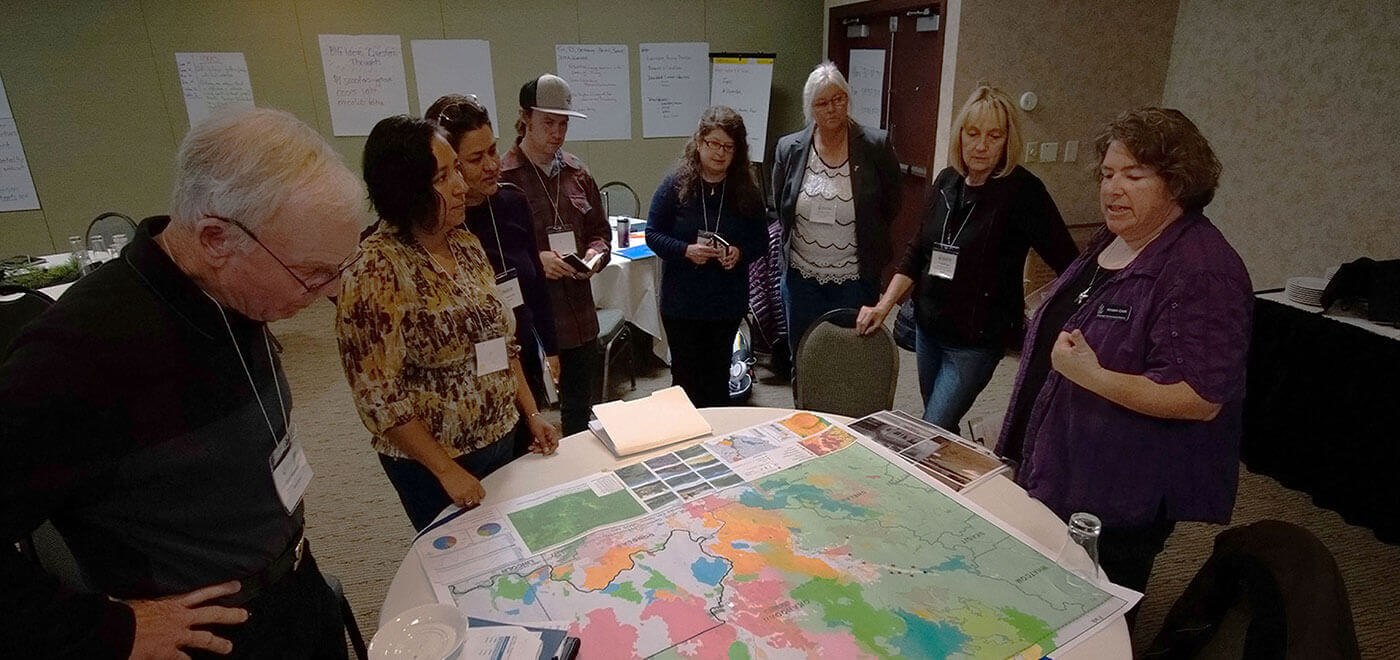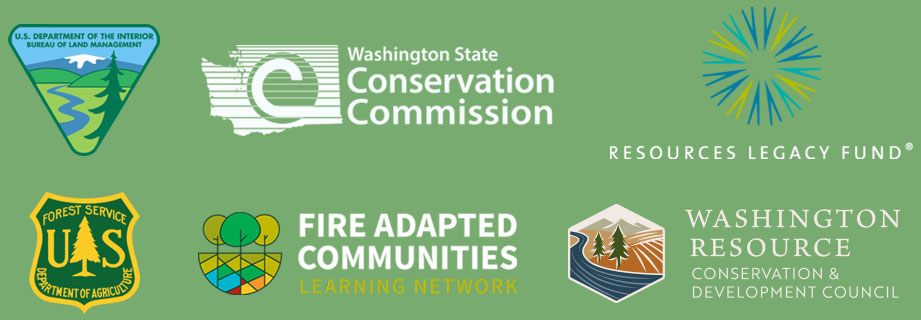Planning often focuses on the disaster itself, but what about recovery from the disaster, which takes much longer? Here are a few resources to help communities coordinate and recovery efforts before or after a wildfire.
Learn more about the longer-term components of wildfire recovery and how to get assistance when rebuilding and recovering after a wildfire.
PRE-PLANNING FOR RECOVERY
PRE-DISASTER RECOVERY PLANS
Learn about pre-disaster recovery plans and how the process of recovery planning can result in improved allocation of resources and more equitable outcomes in the aftermath of a disaster.
COMMUNITY ORGANIZATIONS ACTIVE IN DISASTER
Community organizations are essential in assisting communities during disaster situations. These organizations are typically made up of volunteers who are passionate about helping others in times of crisis. These organizations play a crucial role in disaster response and recovery efforts by providing shelter, food, and other basic necessities to those affected. They also work to coordinate and distribute resources, gather and disseminate important information, and provide emotional support to those in need. Serving others in times of disaster make them invaluable assets to their communities.
RESIDENT RECOVERY GUIDE WORKBOOK
Not all fires cause catastrophic damage, but when there is a loss of life or homes, or when fires are severe, it can take time for our landscapes and communities to recover.
This guide was created to help residents and local organizations to:
- begin to understand who can help and what assistance resources exist within a community
- start the recovery process
- avoid post-fire hazards
The Resident Recovery Guide Workbook is customizable and may be used as a stand-alone document or as a teaching or planning tool with the After the Fire Toolkit.
IDEAS FOR HOW TO USE
- Share directly with residents before or after a fire to support thier relief and recovery efforts.
- Work with organizations and local government entities in your community to customize and add local resources. Share with residents and ensure the guide is available on public websites.
- Work with your local Community Organizations Active in Disaster or Long-Term Recovery Groups to update the guide and share with residents before and after the fire.
- Work with Incident Management Teams to work with local communities to fill out applicable sections of the guide during the fire and leave with community leaders to share after the fire.
- Host workshops and training with local residents or neighborhood leaders. Utilize the complementary After the Fire Toolkit video series, facilitator’s guide and presentations to help guide you through the process of completing the workbook with participants.
This guide is a template that can be downloaded and adapted for your community.
To obtain an editable copy in English or Spanish, email info@fireadaptedwashington.org.





